French toast has the uncanny ability to turn a humble slice of bread into a luxurious, golden masterpiece. But not all bread is created equal when it comes to achieving that perfect balance of crispy edges and custard-soaked softness. Some varieties absorb just the right amount of eggy richness without becoming soggy, while others surprise you with textures or flavors that elevate the dish to something entirely new. The secret lies in choosing a loaf that complements the dish’s creamy interior and caramelized crust.
Classic options like brioche and challah are beloved for good reason—they’re rich, slightly sweet, and hold their shape beautifully when soaked. But stepping outside the traditional box opens up an exciting range of possibilities: imagine the hearty chew of sourdough balancing sweet toppings, or the nutty bite of whole-grain bread giving your breakfast a wholesome twist. Even croissants or cinnamon swirl bread bring their own flair, offering decadence or spice in every bite. Whether you’re aiming for nostalgic comfort or culinary creativity, your bread choice can turn a simple morning meal into a standout experience. It’s time to rethink what belongs in your skillet and discover just how versatile—and magical—French toast can be.
1. Sourdough
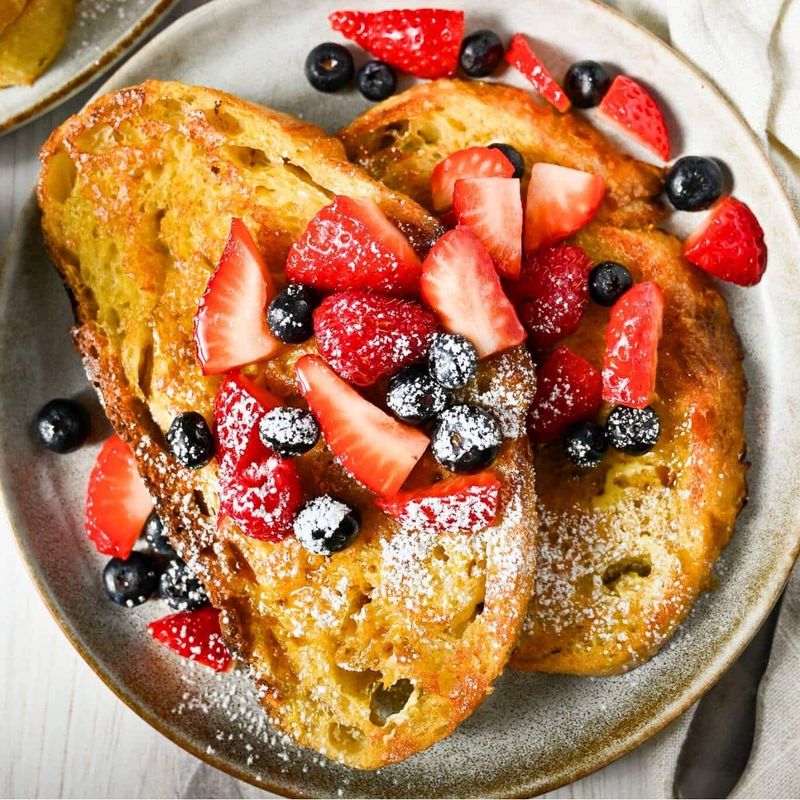
Tangy flavors meet breakfast perfection when you grab a loaf of this fermented favorite. The natural acidity cuts through rich custard beautifully, creating a balanced bite that never feels too heavy.
Those signature holes work like tiny pockets, trapping every drop of your egg mixture for maximum flavor absorption. The sturdy texture holds up remarkably well during cooking, avoiding the mushiness that plagues thinner breads.
Day-old sourdough actually performs better than fresh, as the slightly dried surface creates an ideal canvas for your custard base to work its magic.
2. Brioche
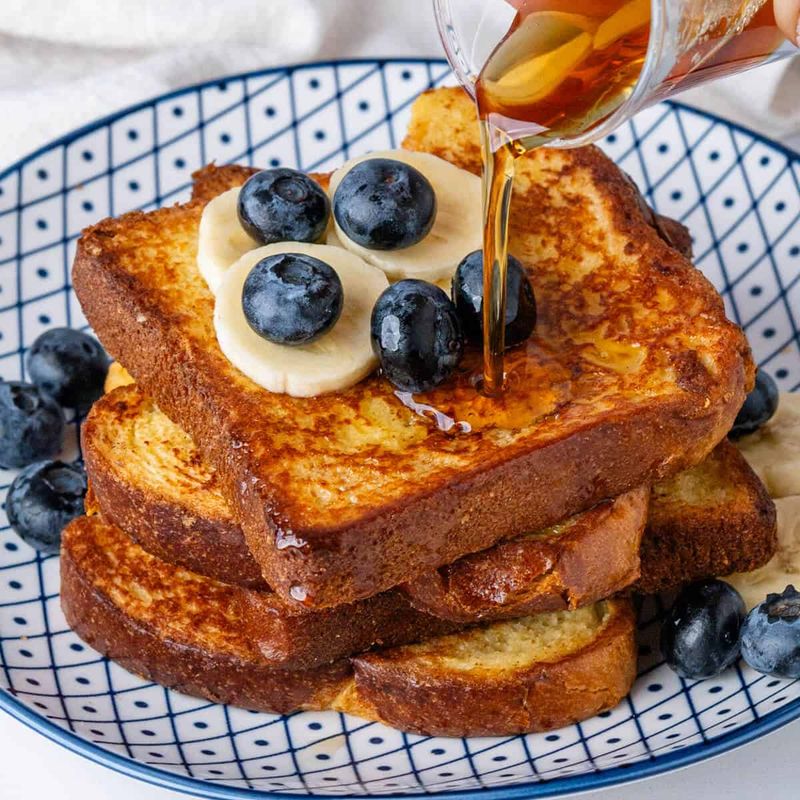
Rich butter and eggs already live inside this French bakery staple, making it a natural champion for breakfast transformations. The high fat content creates an incredibly tender interior that practically melts on your tongue.
Each slice soaks up custard like a golden sponge, yet maintains enough structure to flip without falling apart. The natural sweetness means you can dial back added sugar in your mixture.
Professional chefs often choose this bread for restaurant French toast because it delivers consistent results and an undeniably luxurious mouthfeel that keeps customers coming back for more.
3. Challah
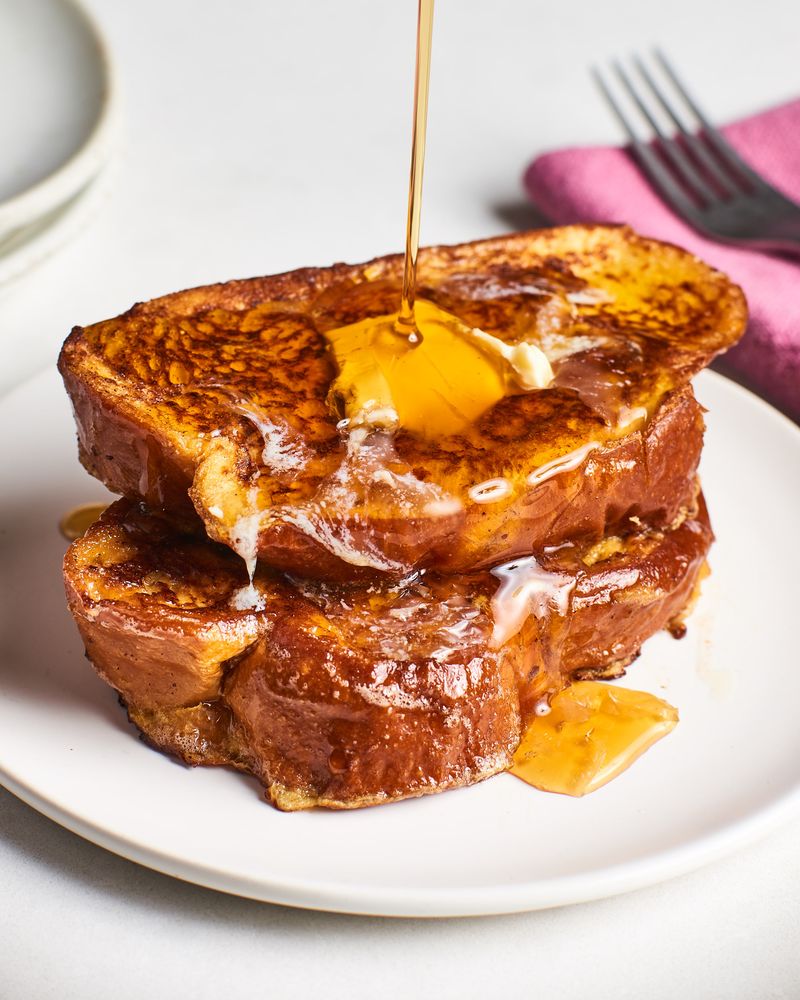
Braided beauty meets breakfast brilliance in this traditional Jewish bread that transforms into French toast gold. The egg-enriched dough creates an incredibly rich base that needs minimal enhancement to shine.
Those characteristic braided edges add textural interest, creating crispy bits that contrast beautifully with the custardy center. The slightly sweet flavor profile complements both fruit toppings and classic maple syrup perfectly.
Weekend bakers often choose challah because it stays fresh longer than other enriched breads, meaning you can prep ahead without sacrificing quality or taste in your final dish.
4. Texas Toast

Bigger really is better when it comes to this oversized bread that turns French toast into a serious meal. The extra thickness allows for extended soaking time without structural collapse, creating custardy perfection throughout.
Diners across America swear by this choice because it delivers maximum satisfaction per slice. The substantial size means fewer pieces needed to fill hungry bellies at weekend brunches.
Commercial bakeries specifically design this bread for restaurant use, ensuring consistent thickness and optimal absorption rates that home cooks can rely on for foolproof results every single time.
5. Cinnamon Raisin

Built-in flavor boosters make this bread a shortcut to extraordinary French toast without extra effort. Sweet raisins burst with concentrated flavor while cinnamon swirls add warmth and spice to every bite.
Morning routines become simpler since the bread brings its own personality to the party. You can skip additional spices in your custard mixture and still achieve complex, satisfying flavors.
Kids especially love this option because it feels like dessert for breakfast, while parents appreciate the reduced prep time and built-in fruit content that adds natural sweetness and texture.
6. Croissants
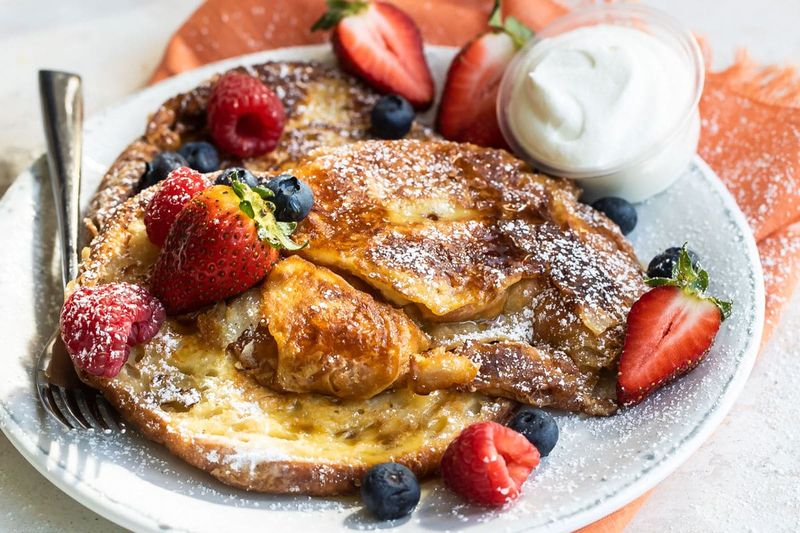
Flaky layers create textural magic when this buttery pastry meets French toast treatment. All those laminated layers trap custard in between, creating pockets of creamy richness throughout each bite.
French bakeries actually use day-old croissants for pain perdu, proving this combination has authentic culinary roots. The existing butter content means less added fat needed in your cooking process.
Brunch enthusiasts rave about the contrast between crispy exterior layers and the soft, custardy interior that develops during cooking, creating a sophisticated twist on the classic breakfast favorite.
7. Hawaiian Sweet Bread
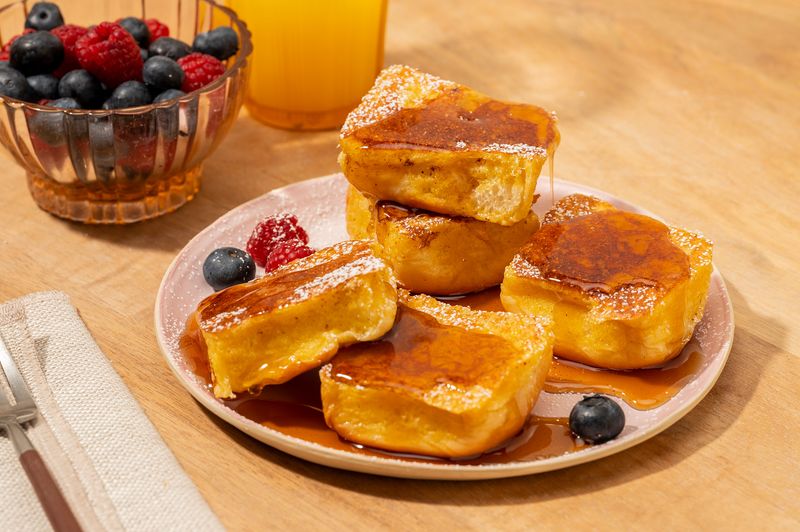
Tropical sweetness brings vacation vibes to your breakfast table with this pillowy soft option. The natural sugar content caramelizes beautifully during cooking, creating golden edges that taste like sunshine.
Island families have used this bread for special occasion breakfasts for generations, often pairing it with fresh tropical fruits. The tender crumb soaks up custard evenly without becoming soggy or falling apart.
Mainland cooks discover that this bread needs less added sweetener in the custard mixture, allowing the natural flavors to shine while creating perfectly balanced French toast every time.
8. Pullman Loaf
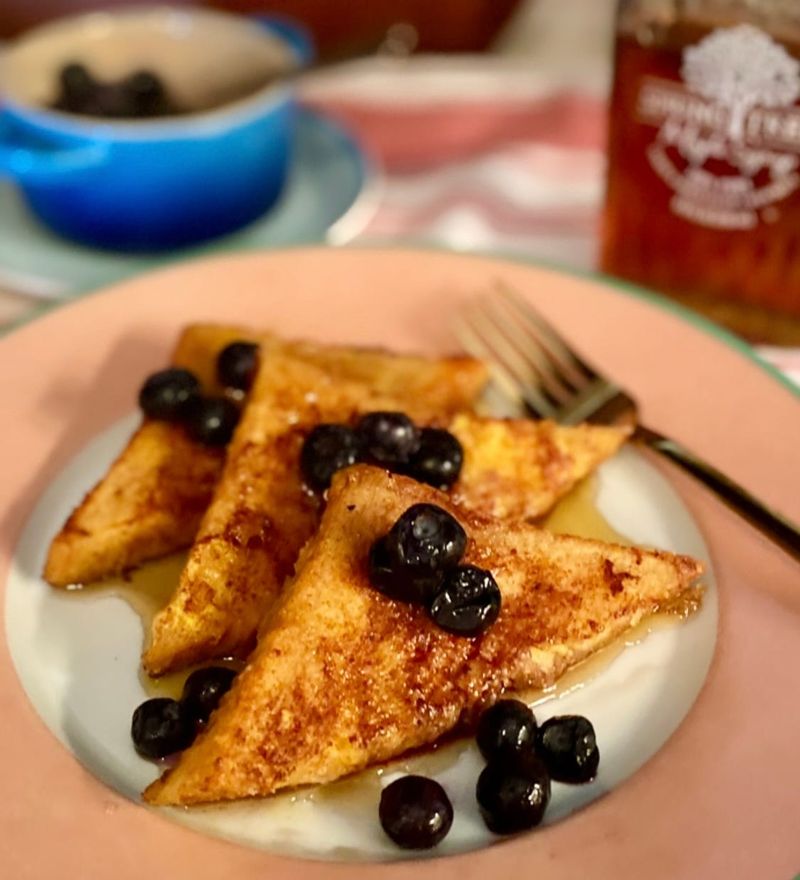
Geometric precision meets breakfast perfection in this perfectly square bread designed for consistent results. The tight crumb structure and uniform thickness ensure even cooking and predictable custard absorption every single time.
Professional kitchens favor this bread because every slice performs identically, eliminating guesswork from large-batch cooking. The neutral flavor profile serves as an ideal canvas for both sweet and savory French toast variations.
Home bakers appreciate the reliable results and clean presentation that comes from using bread specifically engineered for optimal texture and moisture retention in cooking applications.
9. Rye Bread
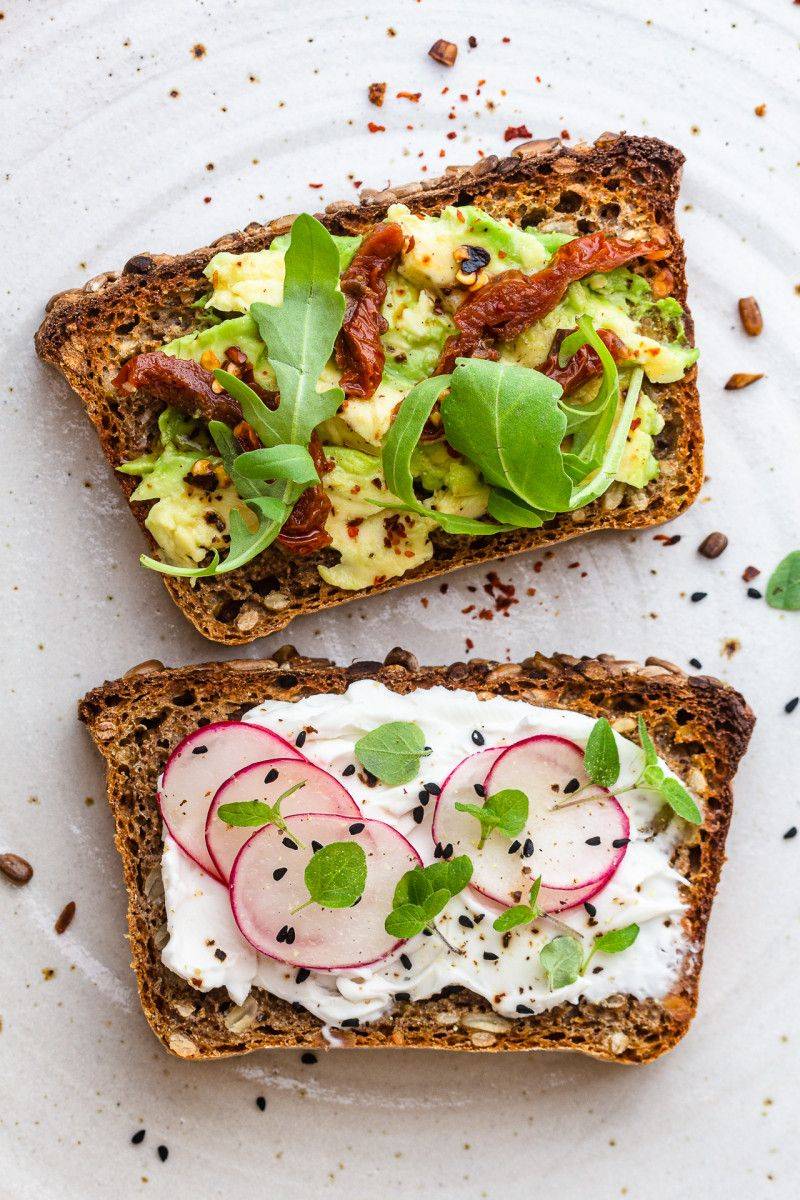
Earthy flavors challenge breakfast conventions when this European favorite enters the French toast arena. Caraway seeds add unexpected pops of flavor that pair surprisingly well with both sweet and savory toppings.
Scandinavian countries often serve savory versions topped with cream cheese, smoked salmon, or fresh herbs. The dense texture holds up beautifully to extended soaking without becoming mushy or losing structural integrity.
Adventurous cooks discover that rye’s complex flavor profile works especially well with apple compotes, sharp cheeses, or even bacon, creating sophisticated brunch dishes that surprise and delight guests.
10. Focaccia
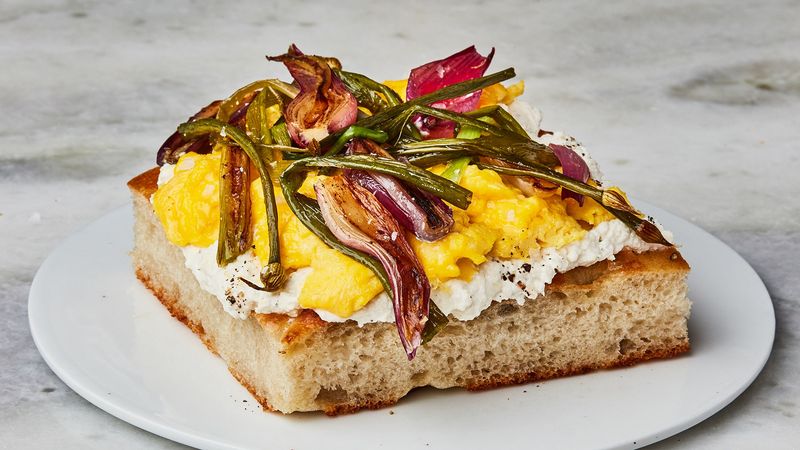
Mediterranean herbs and olive oil create an entirely new French toast experience that bridges breakfast and lunch beautifully. The airy texture and built-in seasonings transform this into something closer to a savory bread pudding.
Italian families sometimes use leftover focaccia this way, often topping it with fresh tomatoes, mozzarella, or prosciutto. The existing olive oil content means less butter needed for cooking.
Brunch menus increasingly feature this option because it appeals to diners seeking alternatives to traditional sweet breakfast fare while still delivering the comfort and satisfaction of classic French toast.
11. Pumpernickel

Deep, molasses-like flavors bring Germanic traditions to your breakfast plate with this intensely flavored dark bread. The dense crumb requires longer soaking time but rewards patience with incredibly rich, complex taste.
German bakeries often use day-old pumpernickel for breakfast dishes, pairing it with sour cream, apple butter, or savory toppings. The natural sweetness from molasses reduces the need for added sugars.
Health-conscious eaters appreciate the whole grain benefits and lower glycemic impact compared to white bread options, while still enjoying the indulgent experience of French toast for special occasions.
12. Banana Bread
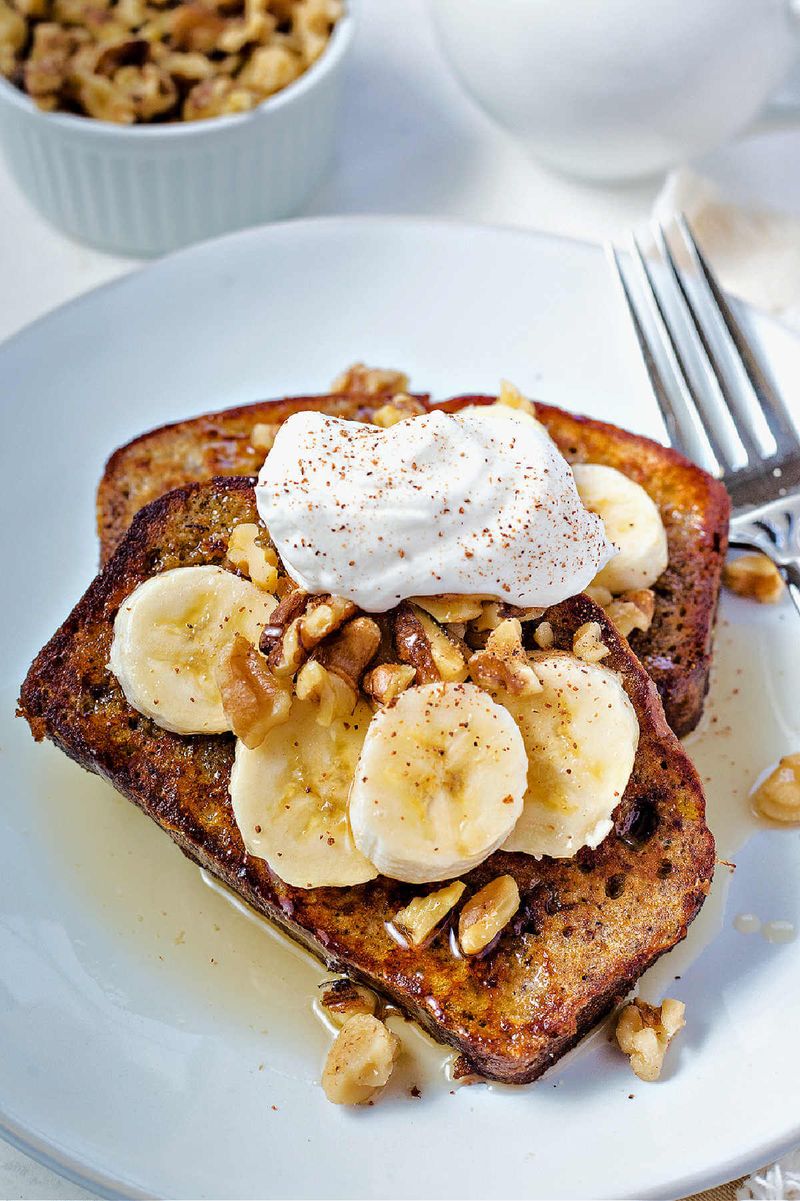
Double banana flavor creates an almost dessert-like breakfast experience that feels incredibly indulgent. The natural moisture from bananas in the bread helps create an extra custardy interior without oversaturation.
Home bakers often use slightly stale banana bread for this purpose, giving new life to loaves that have passed their prime. The existing spices like cinnamon and nutmeg complement traditional French toast seasonings perfectly.
Families love this option because it combines two beloved breakfast treats into one spectacular dish, often served with additional fresh banana slices and a light dusting of powdered sugar.
13. Panettone
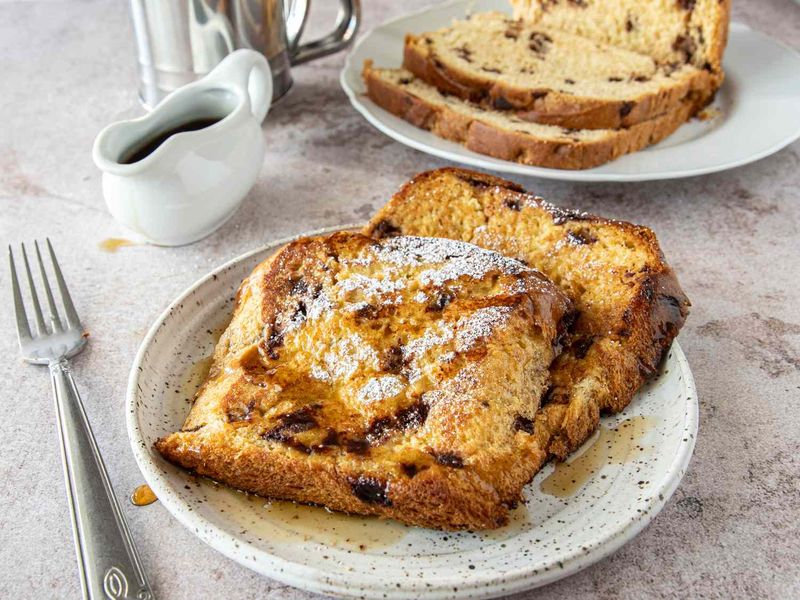
Italian Christmas traditions meet everyday breakfast luxury in this fruit-studded sweet bread that elevates French toast to celebration status. Candied fruits add bursts of concentrated sweetness throughout each bite.
The dome-shaped loaf requires careful slicing, but the airy texture and built-in flavors create an almost soufflé-like result. Many Italian families save leftover holiday panettone specifically for this breakfast transformation.
Upscale restaurants often feature this during winter months, serving it with mascarpone or fresh berries to complement the existing candied fruit flavors and create a truly memorable dining experience.
14. Bagels
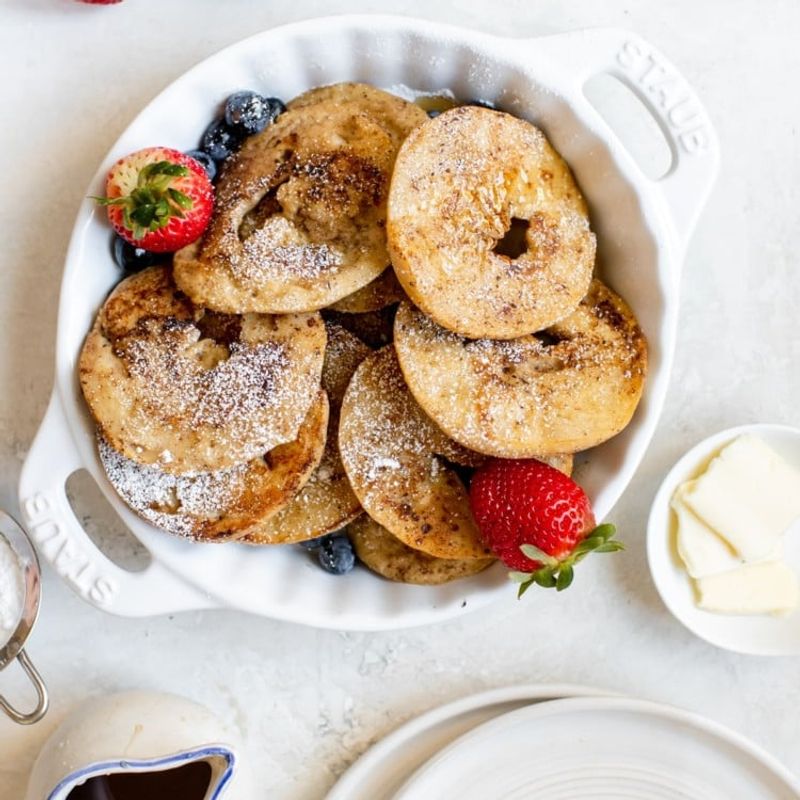
New York deli culture meets French technique in this surprisingly successful combination that requires splitting bagels horizontally for optimal results. The dense, chewy texture creates a unique mouthfeel completely different from traditional options.
Everything bagels work particularly well, with their seed coating adding textural interest and savory notes. The natural hole provides a perfect well for collecting syrup or other toppings.
Brunch spots in urban areas increasingly offer this option, often pairing it with cream cheese-based toppings or fresh fruit to bridge the gap between traditional bagel service and French toast expectations.
15. Cornbread
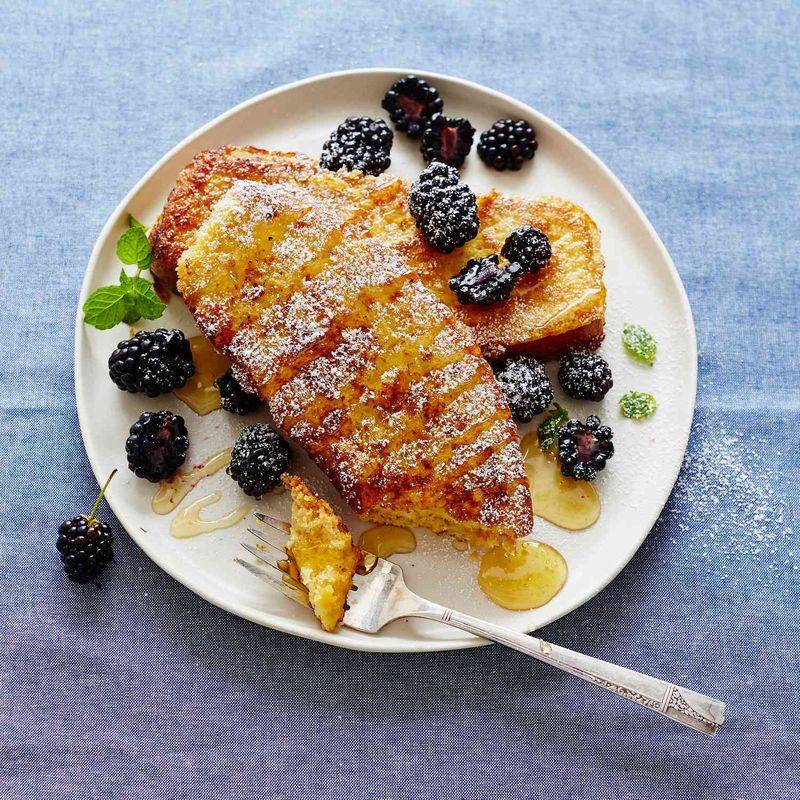
Southern comfort food traditions merge beautifully when this slightly sweet, crumbly bread gets the French toast treatment. The corn meal texture adds interesting grittiness that contrasts nicely with smooth custard coating.
Honey or maple syrup complement the natural corn sweetness perfectly, while the existing butter content helps achieve golden browning. Some recipes add actual corn kernels for extra texture and flavor.
Regional restaurants often feature this during summer months when fresh corn is abundant, creating a distinctly American twist that celebrates local ingredients and traditional flavors in unexpected ways.
16. Pita Bread
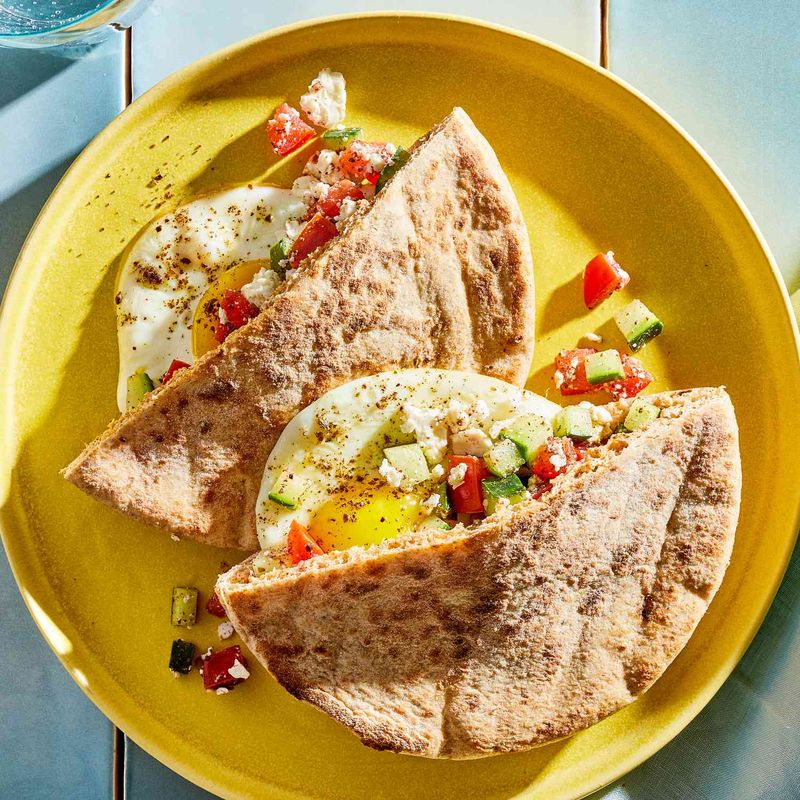
Middle Eastern flatbread opens up entirely new possibilities when transformed into French toast, with the natural pocket providing space for creative fillings. The thin profile cooks quickly while developing crispy edges.
Mediterranean cafes sometimes stuff the pockets with sweetened cheese, nuts, or fruit before the French toast treatment. The neutral flavor works well with both traditional and exotic spice combinations like cardamom or rose water.
Creative home cooks use this option for individual portions, filling each pocket with different ingredients to create personalized breakfast experiences that feel special and thoughtfully prepared for each family member.
Leave a comment